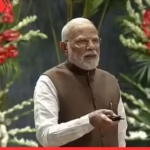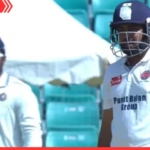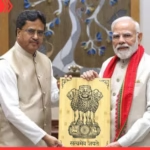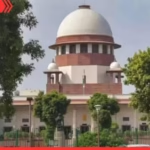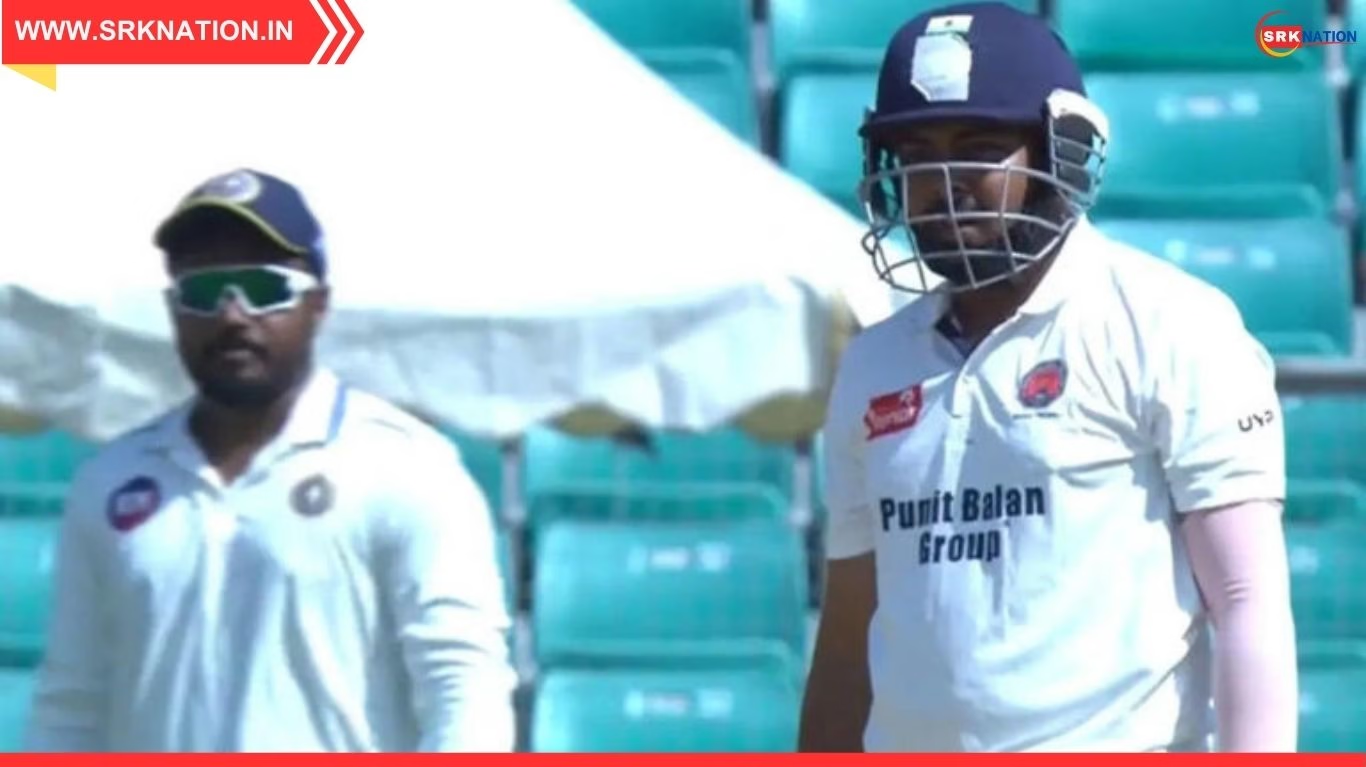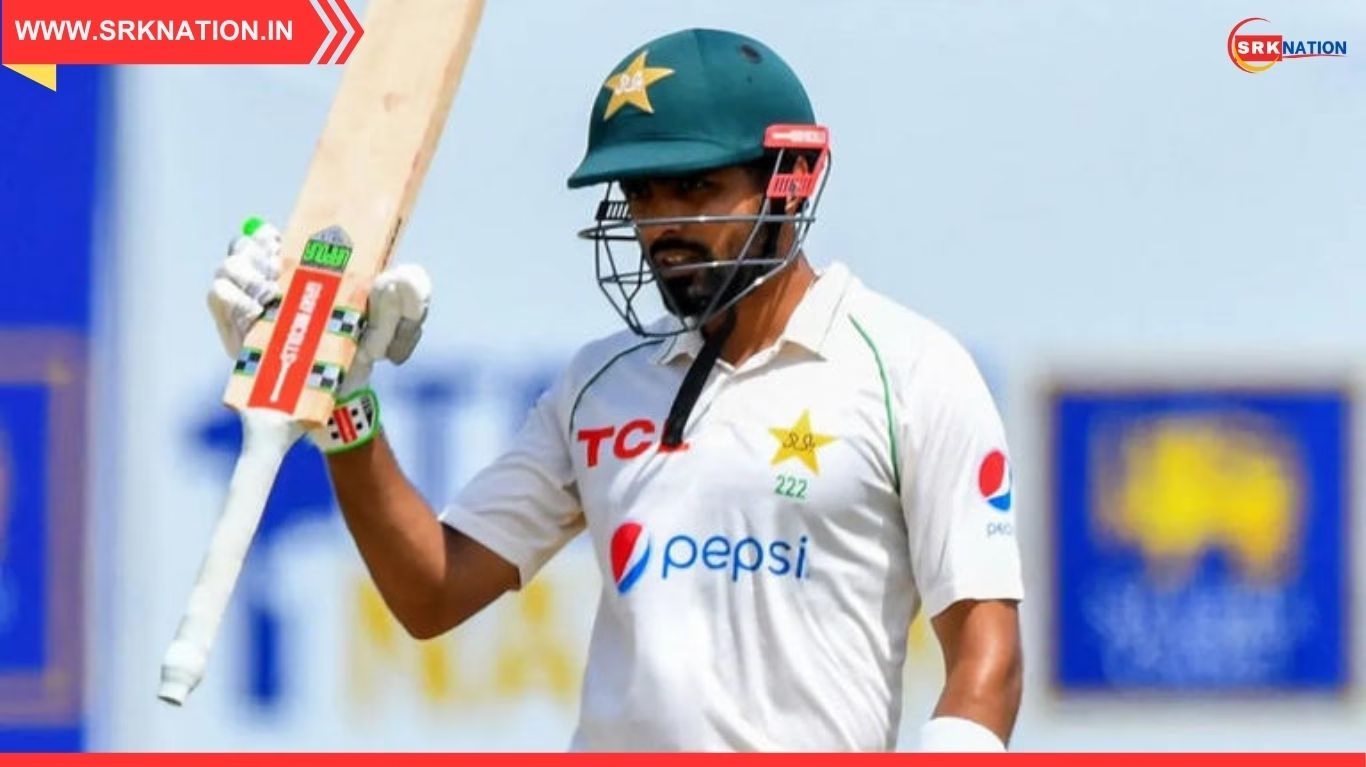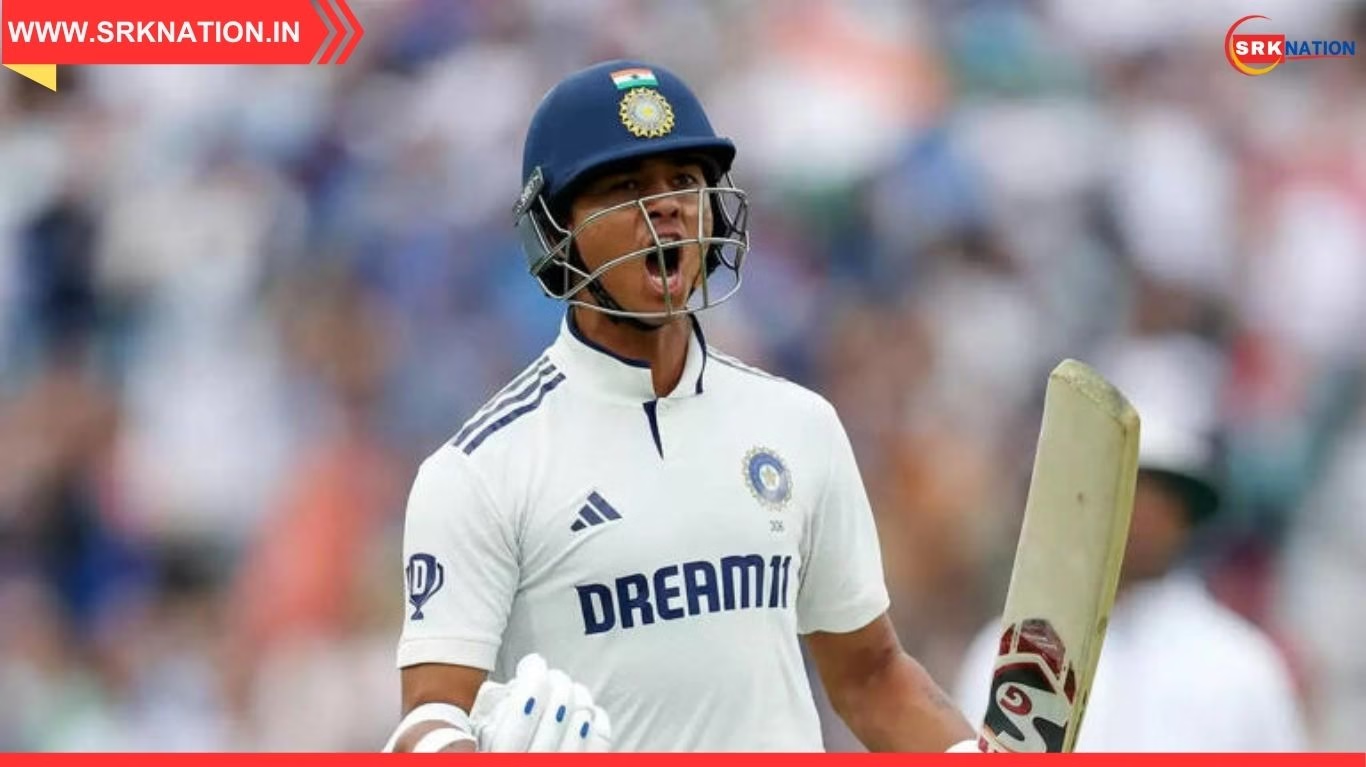In a significant step toward reforming and strengthening the football ecosystem in India, the All India Football Federation (AIFF) has called upon eight Indian Super League (ISL) clubs for a critical meeting scheduled on August 7. The governing body aims to address the persistent structural, technical, and commercial challenges plaguing Indian football and engage with stakeholders to carve out a long-term development roadmap for the sport in the country.
This meeting, to be held at the AIFF headquarters in New Delhi, is expected to cover an expansive agenda—from the calendar of competitions and league operations to club licensing regulations, grassroots development, and youth league participation. Importantly, the session will also address concerns raised by clubs in recent months over scheduling conflicts, financial sustainability, and player welfare issues.
Clubs Invited by AIFF for the August 7 Meeting
The AIFF has extended invitations to eight ISL clubs whose participation will be critical for consensus-driven reforms. These include traditional heavyweights and title contenders who have had a significant impact both on and off the field:
| Club Name | City/Region | ISL Standing 2024–25 |
|---|---|---|
| Mohun Bagan Super Giant | Kolkata, West Bengal | 1st |
| Mumbai City FC | Mumbai, Maharashtra | 2nd |
| Bengaluru FC | Bengaluru, Karnataka | 4th |
| FC Goa | Goa | 5th |
| Kerala Blasters FC | Kochi, Kerala | 6th |
| East Bengal FC | Kolkata, West Bengal | 7th |
| Odisha FC | Bhubaneswar, Odisha | 8th |
| Chennaiyin FC | Chennai, Tamil Nadu | 10th |
These clubs have either raised technical or logistical issues in recent AIFF forums or have been significantly impacted by recent changes in scheduling and league structures.
Key Discussion Points of the AIFF Meeting
The August 7 meeting is not merely a formality—it is expected to be an intensive and solution-oriented session. Key items on the agenda are:
- Domestic Calendar Optimization
Clubs have long criticized the congested fixture list and poor coordination between ISL, I-League, AFC competitions, and Santosh Trophy schedules. The AIFF aims to create a unified, balanced calendar that prevents player burnout and maximizes fan engagement. - Club Licensing and Compliance
Recent reviews revealed lapses in infrastructure and administrative compliance by multiple clubs. The meeting will reemphasize licensing protocols and new audit mechanisms, particularly concerning youth team structures and women’s football mandates. - Youth Development and Reserve Leagues
Discussions will include the revival of age-category tournaments, strengthening the Elite Youth League, and making reserve teams mandatory for all ISL clubs, as part of FIFA-AFC roadmap implementation. - Financial Fair Play and Club Sustainability
Amid rising operational costs and limited broadcast revenue, the AIFF will open the floor to clubs to discuss viable commercial models and sponsorship innovations to ensure financial viability. - National Team and Club Synchronization
Coordination between club and national team commitments is another point of friction. Several clubs have complained about losing players to international duty during critical domestic fixtures. - Fan Engagement and Matchday Experience
The AIFF also wants clubs to invest in marketing, fan management systems, and matchday improvements, learning from global football leagues to attract larger in-stadium crowds and digital audiences.
AIFF President Kalyan Chaubey’s Expected Message
AIFF President Kalyan Chaubey is likely to underline the federation’s commitment to inclusive governance and transparent dialogue. Insiders suggest that Chaubey, who has held meetings with various stakeholders across state associations and youth clubs, wants ISL clubs to be more accountable in executing their licensing responsibilities.
“The development of Indian football cannot rely solely on top-tier clubs,” Chaubey recently stated. “We need their support to implement programs that reach grassroots, uplift youth talent, and make Indian clubs competitive at the continental level.”
The meeting is also expected to feature AIFF Secretary General Shaji Prabhakaran, Technical Committee heads, and representatives from commercial partners, all of whom will contribute to charting a path forward.
Club Perspective: Growing Discontent and Hopes for Reform
While clubs are appreciative of the AIFF’s consultative approach, discontent has been simmering beneath the surface. Some club executives have anonymously pointed out the lack of clarity around the AFC slot distribution, concerns about the ISL prize money structure, and the diminishing value of parallel tournaments like Super Cup and Durand Cup.
A club official from the southern region said, “We are bearing costs of running youth and women’s teams but not getting enough institutional or commercial support. This must be addressed in the August 7 meeting.”
Current State of Indian Club Football (2024–25)
| Metric | ISL 2024–25 | I-League 2024–25 |
|---|---|---|
| No. of Participating Clubs | 12 | 13 |
| Average Stadium Attendance | 14,200 | 3,500 |
| Youth Teams Registered (U-17+) | 9 out of 12 | 10 out of 13 |
| Women’s Team Participation | 5 clubs | 6 clubs |
| AFC Licensed Clubs | 6 | 4 |
| Financial Health Rating (avg.) | Moderate | Weak |
These numbers reflect both the progress made and the gaps that still persist. AIFF aims to use these insights to create a more level playing field across divisions.
What Fans and Stakeholders Can Expect
The AIFF’s proactive step to host this meeting shows its growing seriousness in tackling long-standing issues in Indian football. Whether it leads to concrete reform depends on how clubs respond, the degree of accountability enforced, and the timeline of implementations.
Key expectations from this meeting include:
- A finalized unified calendar for 2025–26 season.
- Structured roadmap for club academies and reserve teams.
- Revised and transparent club licensing norms.
- Commercial blueprint for smaller clubs.
- Expansion of grassroots outreach programs.
- Monitoring of financial operations and sustainability.
Fans can hope for improved matchday experiences, better player development pathways, and possibly greater competition in both ISL and I-League formats.
Conclusion
The August 7 dialogue between the AIFF and eight ISL clubs is a critical juncture in Indian football’s transformation journey. By addressing operational, structural, and strategic challenges head-on, the federation aims to build a future-ready football system that is inclusive, sustainable, and internationally competitive.
This meeting holds promise not just for clubs and administrators but for millions of football fans who aspire to see India emerge as a powerful footballing nation in Asia.
Disclaimer: The above article is based on available information and internal developments within the AIFF. Official resolutions and meeting outcomes are yet to be confirmed and may evolve over time.

